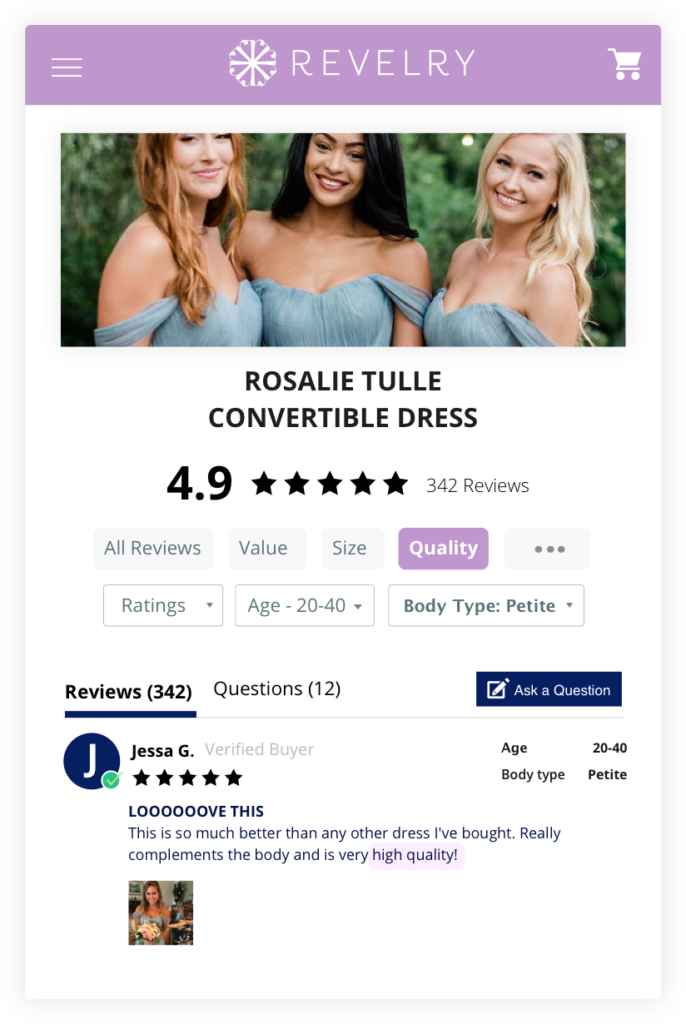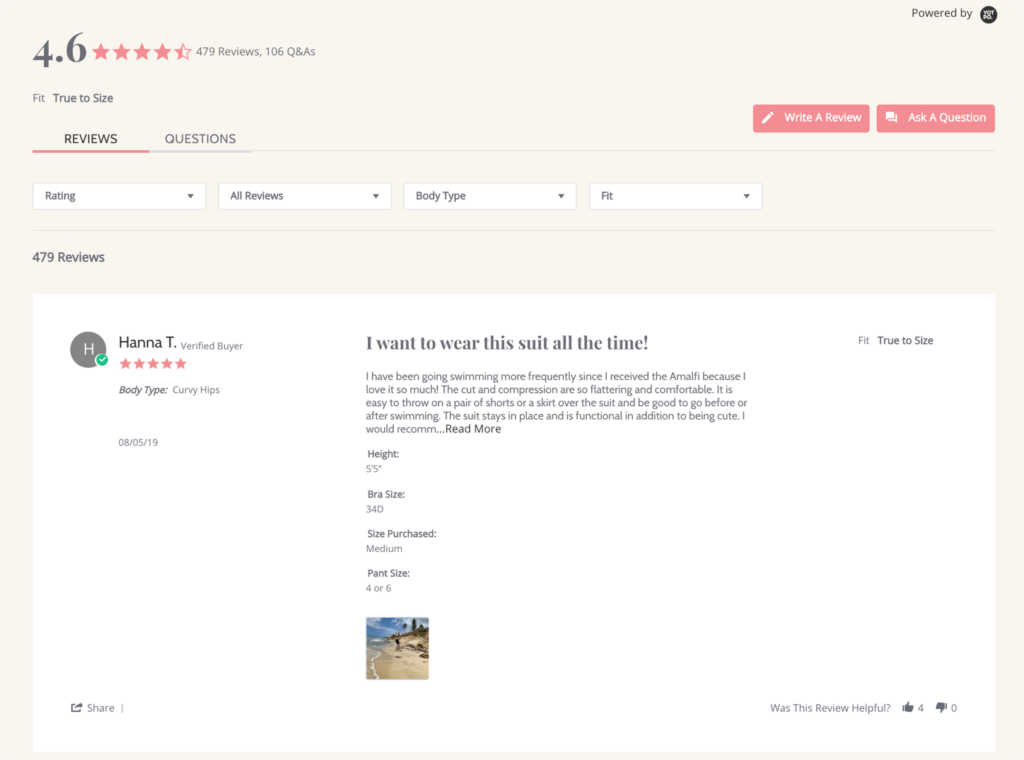Unfortunately for online merchants, eCommerce returns have reached staggering heights. In 2017 alone, American consumers returned $351 billion in online and offline purchases (NRF).
Though returns are particularly prevalent in the fashion industry, where nearly nine out of 10 US shoppers have admitted to having returned items purchased online in the last year, the issue ranges across industries, from Health & Beauty, to Electronics, Home & Garden, and beyond.
What’s at the root of the returns problem?
In a survey we recently conducted, fit and quality issues (78.7%) emerged as the top reason for returning purchases, while nearly half of the respondents polled (48.6%) said they have sent back items because they looked different in person than they did online.
The good news
With the right strategy in place, your brand has the ability to tackle these issues head-on. By presenting shoppers with a combination of highly specific product descriptions, plus social proof like reviews and customer photos, you can lead them to the perfect purchase from the get-go. Here’s how to get started:
- Collect and publish as many reviews as possible, even negative ones. Every detail can help shoppers make better purchase decisions. 98.4% of shoppers reported that customer reviews are “important” or “very important” when it comes to making purchase decisions.
- Make it easy for shoppers to get useful information from reviews by asking past customers specific questions, like those relating to “size” or “color.”
- Use topic filters and a search function for reviews to help shoppers quickly find answers to fit-related questions. This is especially important for mobile shoppers, who don’t have the time to scroll through pages of reviews to find the information they need. D2C bridesmaid dress brand Revelry nailed this by using Yotpo Smart Filters.

- Create customer photo galleries on your product pages to give shoppers the same excitement they get when scrolling through their Instagram feed. 92.7% of shoppers reported that photos of real customers using the products are “important” or “very important.”
Putting it to the test: Andie Swim
To see these strategies in action, look no further than swimsuit brand Andie Swim. In one of the industries where returns are at their highest, Andie has created a best-in-class on-site experience that gives customers every possible bit of information they might need. On the brand’s site, shoppers are immediately shown:
- A comprehensive fit quiz that helps determine both sizing and style preferences.
- Customer reviews with filters for both body type and fit, helping shoppers find reviews from people like them
- Authentic customer photos both within reviews and in photo galleries across the site, giving shoppers an understanding of what the swimsuits look like “in real life”

On top of a website optimized to reduce returns, Andie took it a step further by baking returns into their business model with a home try-on program. They encourage unsure shoppers to buy a few sizes and styles based on the results of their fit quiz, and to send back the ones that don’t work free of charge.
The main takeaway? Online returns may be at an all time high, but with the right combination of comprehensive product information and compelling UGC, your brand has the power to keep customers happy and minimize returns.


